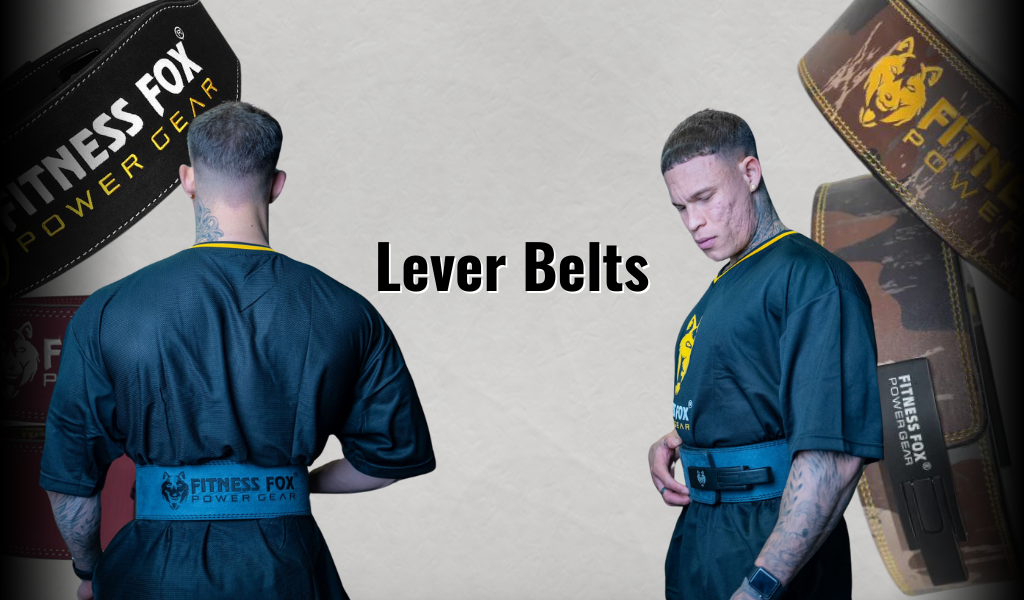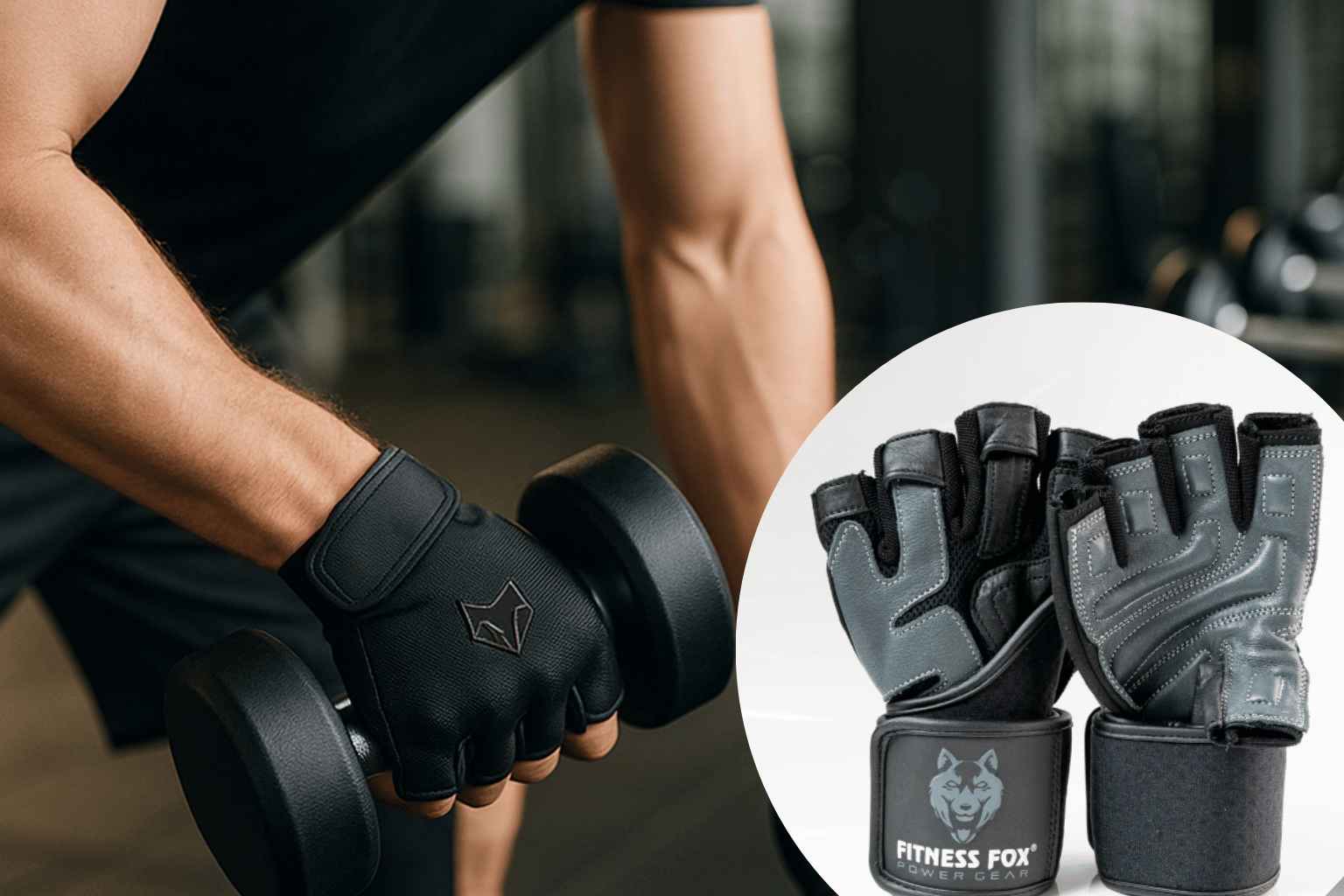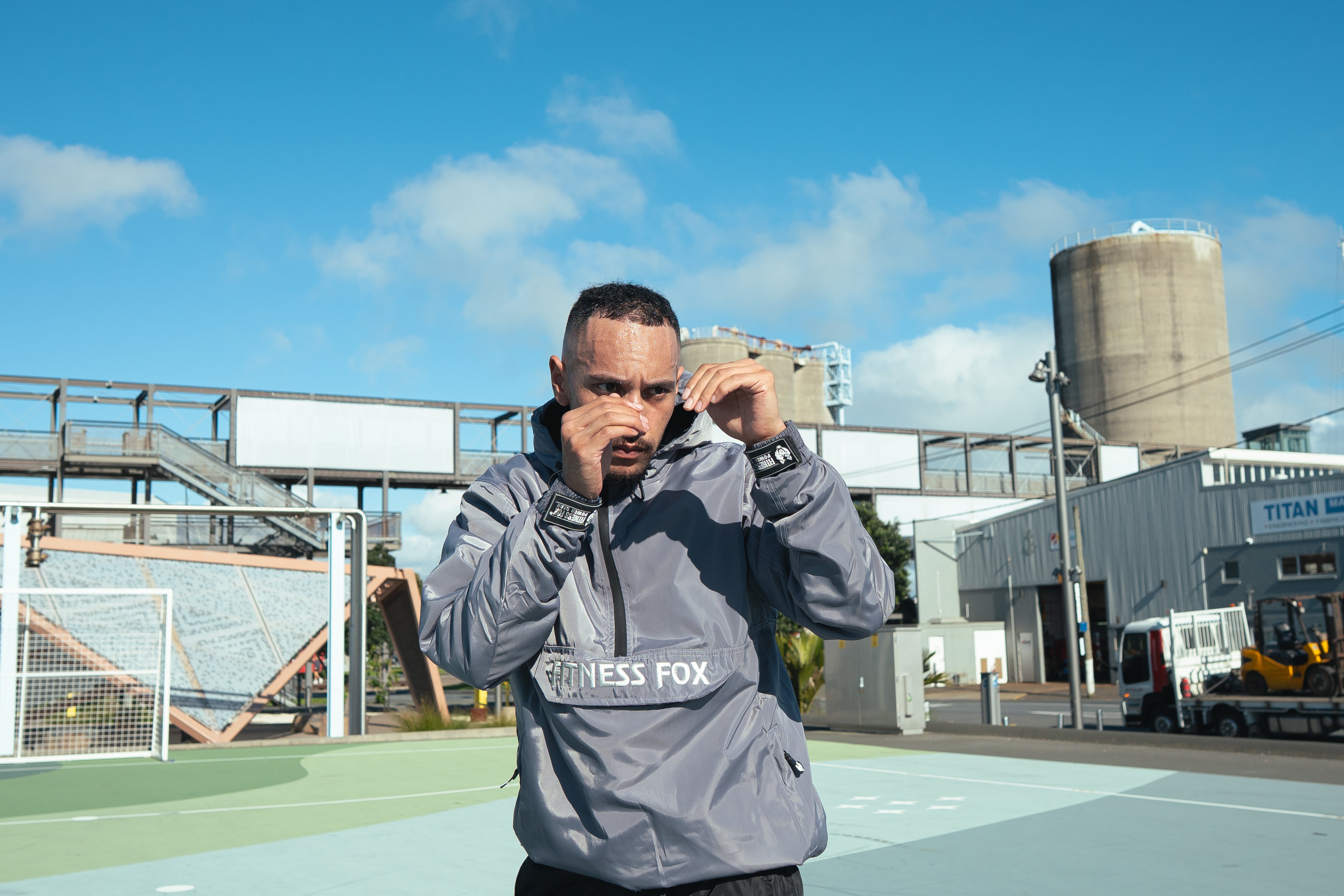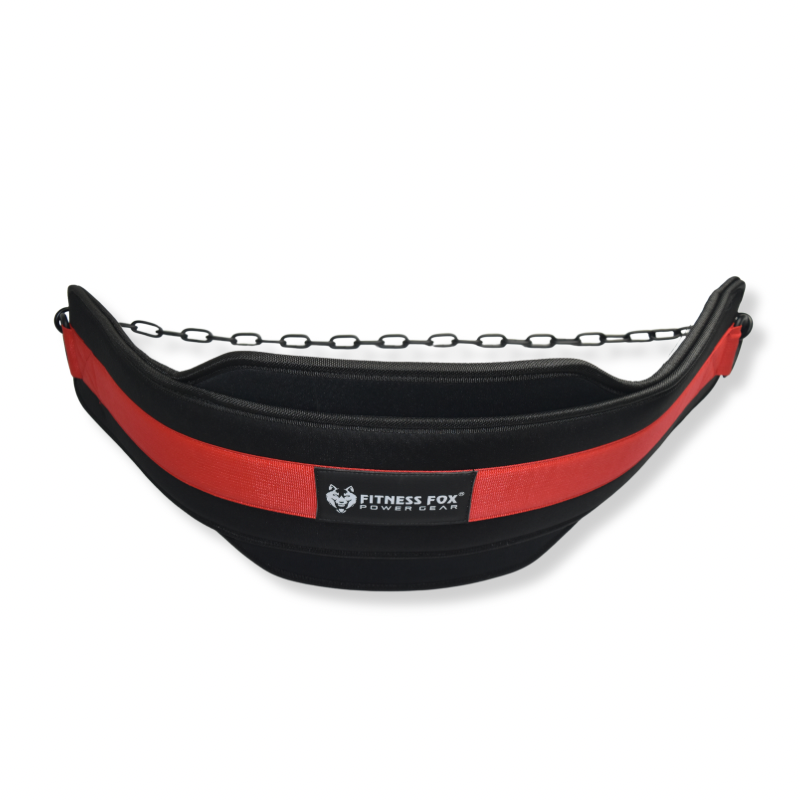
FAQs about dip belt
A dip belt is a fitness accessory designed to add external weight to bodyweight exercises like dips, pull-ups, chin-ups, and belt squats. It typically consists of a belt worn around the waist or hips, with a chain or strap to attach weight plates or kettlebells.
Dip belts utilize leverage to stay secure. When a weight is attached, gravity pulls the belt down, while your body pulls up, creating tension that anchors the belt around your hips.
Yes, dip belts are versatile and can be used for various exercises, including pull-ups, chin-ups, belt squats, calf raises, and weighted push-ups.
Dip belts are commonly made from materials like nylon, neoprene, or leather. Nylon and neoprene belts are flexible and comfortable, while leather belts offer durability for heavy lifting.
Many dip belts are designed to fit a range of waist sizes. However, it's important to check the manufacturer's specifications for size compatibility. Some belts come with adjustable chains or straps to accommodate different body types.
The weight capacity of a dip belt varies depending on its construction. Some belts can support up to 200 lbs, while others are rated for over 1000 lbs. It's essential to choose a belt that matches your lifting requirements.
While both are types of belts, a weightlifting belt is designed to provide core support during heavy lifts, whereas a dip belt is used to add external weight to bodyweight exercises. They serve different purposes and are not interchangeable.
To use a dip belt, secure it around your waist or hips, feed the chain or strap through the weight plates, and attach the carabiner to secure the weight. Ensure the belt is snug but not too tight to allow for proper movement.
Comfort varies depending on the belt's design and padding. High-quality dip belts often feature padded sections to distribute weight evenly and reduce discomfort during use.
Yes, dip belts can be used for belt squats, which are a great alternative to barbell squats. They allow you to load your legs without placing stress on your spine.
To maintain your dip belt, regularly check for wear and tear, especially on the chain and carabiner. Clean the belt according to the manufacturer's instructions, and store it in a dry place to prevent material degradation.
Yes, dip belts are portable and can be used outdoors. They're ideal for calisthenics training in parks or home workouts. Just ensure the belt is secured properly to prevent accidents.

















